Introduction of Pier and Beam Foundation
Important Point
- The foundation plays important role in the construction of the building. The strength of the structure depends on how the foundation of the building is constructed.
- In the olden days Pier and beam foundation is widely used in the construction of these structures because of its economy.
- In this article, you will get to know about the Pier and Beam Foundation, Advantages and Disadvantages of Pier and Beam foundation.
What Is Pier and Beam Foundation?
The Pier and beam foundation is a large diameter cylindrical column which is constructed to support the superstructure and transfer the total load into the underground strata.
The Pier and beam foundation is also referred to as the footings which are the columns that are constructed to hold this structure. The beams are connected with the piers to transfer the load into the ground. It is a common type of foundation which is widely used for the construction of residential buildings.
A pier and beam foundation which includes the three main elements such as concrete piers that anchor the house foundation to the ground.
The second is the posts or piles that run between the piers and the horizontal beams and the third is the wooden beams that support the weight of the house.
Pier and beam house Foundation is constructed to support the structure. Post and beam foundations are also known as post and beam foundations which help to elevate homes to protect the structures from flooding and moisture.
- 20 Types of Plumbing Pipes for Different Use
- Difference Between Pier and Abutment | What Is Pier | What Is Abutment
- Water Damage in Bathroom | How to Fix a Water Damage Bathroom | Signs of Water Damage in Bathroom
- All About TPO Roof | TPO Roofing Companies | TPO Roof Repair | TPO Roofing Cost | TPO Roofing Residential & Commercial
- Spalling Concrete Foundation Repair | What Is Foundation Spalling | Signs of Foundation Spalling | Procedure of Spalling Concrete Foundation Repair
Advantages of Pier and Beam Foundations:
The various advantages of a pier and beam foundation are as follows
- Pier and beam foundations are constructed to elevate the structures which will help to protect from Moisture and flooding.
- There is a high crawl space available to install the Plumbing and Electrical
- Pier Foundation provides Termite control because the house is constructed above a sufficient height from the ground.
- The cost of Pier and Beam Foundation repair is comparatively low as compared to other types of foundation.
- Pier and beam foundation can be constructed on any type of land.
Also, Read: What Is Pier Foundation | Types of Drilled Piers | Advantages and Disadvantages of Drilled Pier Foundations
Disadvantages of Beam and Pier Foundation:
There are also some disadvantages of the construction of pier and beam foundation which are as follows
- If the foundation of the structure is not properly ventilated there may be chances of development of dampness.
- There are many problems are faced by the builders during the Maintenance and repair of the pier and beam foundation if the crawl space is too low.
- If the pier and beam foundation is not constructed properly it is difficult to construct flooring.
Also, Read: What Is Bridge Pier | Type of Bridge Pier
Pier and Beam Foundation Design:
Here, the pier and beam foundation design are as follows.
- Pier and beam foundations are constructed to transfer the total superimposed load through the unsuitable bearing strata into the firm layer of the soil.
- Pier and Beam foundation spacing is determined on economic considerations which are depend upon the depth of the piers and the sub soil conditions.
- The construction of Pier and Beam foundation has various advantages and different types of foundations are generally constructed in areas with dry soil.
- The post and pier foundation spacing is generally kept 8 to 10 feet distance for the foundation piers in order to support the structures.
How to Build a Post and Pier Foundation?
- The pier and beam foundation can be constructed on land which is not levelled. To construct other types of foundation it is necessary to construct level ground for the construction of the building.
- The foundation of the building should be properly ventilated to avoid the problems of fungi growth.
- The crawl space under the foundation should be sufficient so that there should not be difficulty faced by the builders during the Maintenance and repair of the Building.
- The piers are constructed in brick and mass concrete for the reinforced concrete. During the construction of the pier and beam foundation the crawlspace is provided which is used in the installation of the plumbing and electrical wirings.
- The beams which are provided on the top of the piers are made from precast concrete.
Also, Read: How to Calculate Cutting Length of Stirrups in Beam and Column
Pier and Beam Foundation Cost Per Square Foot:
- The construction of the pier and beam foundation is economical as compared to other types of foundations.
- The cost of pier and beam Foundation depends upon the number of piers needed as per the design given by the engineer.
- The cost of pier and beam foundation generally ranges from Rs 300 to 350 per square foot.
Pier and Beam Vs Slab:
Pier and beam foundations and concrete slabs are the two options which are available for construction of the foundation of the building.
This is necessary that a good foundation should be constructed for the Building. The difference between pier and beam foundation and the concrete slab is as follows.
- Concrete slab foundations are widely used in warm climates where the ground is less likely to freeze which may develop cracks in the foundation of the structure.
- The pier and beam foundations are very easy to construct and repair as compared to other types of foundations.
- In the case of slab foundations, there are fewer chances of damages due to flooding because of crawl space into the house.
- Pier and beam Foundation elevates the structure to protect it from the damages of flooding and moisture.
- Concrete slab Foundation is economical as compared to the pier and beam foundation.
- Pier and beam Foundation provides extra insulation from the air which will help you to save the energy cost and keep the place cool.
Also, Read: What Is Lap Length | Lap Length of Column | Lap Length of Slab | Lap Length of Beam
House Leveling Pier and Beam:
- Levelling is one of the most important processes which should be done before starting the construction of this structure.
- Levelling of the house is the process in which the ground or the site on which the structure is to be constructed is labeled horizontally before starting the construction of the structure.
How Many Pier Blocks for Shed Foundation?
- The Shed Pier foundation is a permanent type of foundation which consists of a series of concrete blocks that are laid directly on the ground.
- The tops of these blocks are leveled properly to support the main floor beams of the sheds.
Also, Read: What Is Beam Bridge | Types of Beam Bridges | Beam Bridge Works | Advantages & Disadvantages of Beam Bridges
Pier and Beam Foundation Spacing
A true pier and beam foundation consists of pedestals (piers) embedded into the ground and spaced at an average of 5 to 6 feet on center with wood beams supporting the floor joists. Poorly draining properties are more likely to have foundation issues and movement; regardless of the age of the foundation or the home.
Post and Pier Foundation Spacing
While 8 to 10 feet apart is a sufficient distance for foundation piers to support most structures that would sit atop a post and pier foundation, if the building is particularly tall or made of heavier materials such as brick or metal, it’s not uncommon to place the foundation piers even closer together.
What Is Pier and Beam Foundation?
A pier and beam foundation is an alternative to a slab or basement foundation. Slab foundations typically are inexpensive, can be built quickly, and are made from reinforced concrete. In a pier and beam foundation, a concrete pier is reinforced with steel (rebar), forming a strong cage within the pier.
House Leveling Pier and Beam
A Pier & Beam Foundation can be repaired and leveled by installing steel pilings or concrete pilings under key locations under the concrete perimeter beam. The interior is adjusted by adding or removing shims placed on top of the interior pads or columns.
Also, Read: Difference Between Beam and Column | What Is Beam | What Is Column
Post and Beam Foundation
A post and pier foundation—also sometimes called a pier and beam foundation—is one of two major types of home foundations. Spanning up from the concrete piers are either concrete or wooden posts, and along the tops of the posts run horizontal wooden beams that provide the bed on which the structure will be built.
How Many Pier Blocks for Shed Foundation?
As with the on-grade foundation with concrete blocks, at least 8 piers plus one in the center will be necessary. Therefore, provide for a minimum of 9 piers. 2 – Use a posthole auger to dig holes 10” to 12” in diameter and approximately 54” deep, depending on the area.
Pier and Beam Foundation Cost Per Square Foot
Generally, you can expect to pay around $9 per square foot to have a pier and beam system installed. This price may be higher depending on where you live in the United States, as pier and beam have become something of a niche request. For an average size home, you will pay between $7,200 and $13,500.
Also, Read: What Is Lintel Beam | Lintel Beam Size | Types of Lintel Beam
Pier and Beam House
First, a pier is sunk into the ground deep enough so it butts up against stone and a concrete base is added. This helps to ensure the piers won’t shift. Next, beams are extended from one pier to another. These will support the joists and flooring of the home.
Pier and Beam Vs Slab
While pier & beam systems do create very stable foundations and are preferable in some situations, they can deteriorate over time. However, they are usually easier and less expensive to repair than a slab foundation. It’s also easier to install, repair, and add plumbing with this kind of system.
Pier and Grade Beam Foundation
Pier and beam slabs consist of brick, stone or concrete piers and wooden beams that support the weight of the home. Unlike slab foundations which sit directly on the ground, pier and beam foundations are elevated, usually about 24” off of the ground.
Foundation Beam
A grade beam or grade beam footing is a component of a building’s foundation. It consists of a reinforced concrete beam that transmits the load from a bearing wall into spaced foundations such as pile caps or caissons.
Building Piers
Pier, in building construction, vertical loadbearing member, such as an intermediate support for adjacent ends of two bridge spans. In foundations for large buildings, piers are usually cylindrical concrete shafts, cast in prepared holes, but in bridges they take the form of caissons, which are sunk into position.
Shed Foundation Piers
A shed pier foundation consists of 4 or more concrete piers with diameters of 12”-24”, which are poured to a depth at least 6-12” below the local frost line. Ideally, shed piers should be combined with a gravel shed foundation.
Pier Block Shed Foundation
A pier block shed foundation is not strictly a permanent foundation it comprises of a series of concrete blocks laid directly on the ground (occasionally a shallow hole is dug and filled with crushed stone), the tops the blocks are then levelled to support the main floor beams of the shed.
Pier Foundation Design
A pier foundation is a series of vertical pillars or piles that transfer the building load to the soil. Beams are then built on top of these columns. They lift the house off the ground and are very popular in coastal regions where rising tides are a problem.
Can You Build a Shed on Pier Blocks?
We don’t recommend pier blocks for sheds because they do not provide frost-proof structural support and are at risk of shifting over time.
Types of Pier and Beam Foundations
6 Types of Piers on Pier & Beam Homes
- Timber Piers (3 common types)
- Stacked Stone and Mortar.
- Brick and Mortar.
- Stacked Concrete Base and Block Combos.
- Poured Pyramids.
- Poured Cylindrical Piers.
Pier and Beam Foundation Repair Cost
The cost of pier and beam foundation repairs can vary significantly depending on several factors, including the extent of the damage, the size of the house, the location, and the specific repair methods required. It is essential to have a professional foundation contractor assess the situation and provide a detailed estimate based on your specific needs. However, to give you a rough idea, here are some general cost considerations for pier and beam foundation repairs:
- Inspection and Evaluation: Before any repairs can be made, a thorough inspection of the foundation will be conducted by a professional engineer or foundation specialist. The cost for this inspection typically ranges from $300 to $800, depending on the location and complexity of the evaluation.
- Leveling and Stabilization: If the foundation requires leveling and stabilization, it may involve installing concrete or steel piers beneath the foundation beams. The number of piers needed will depend on the extent of the damage. On average, the cost per pier can range from $1,000 to $3,000, including materials and labor.
- Beam and Joist Repairs: In some cases, the wooden beams and joists supporting the foundation may need to be repaired or replaced. The cost for beam and joist repairs can vary based on the materials used and the extent of the damage. Generally, you can expect to pay around $500 to $2,000 per beam or joist, including labor.
Best Pier and Beam Foundation Repair Methods
4 Ways to Fix your Pier and Beam Foundation
- Reshimming. Making small but more frequent adjustments to the snugness of all your pier and beam foundation parts is what reshimming is all about.
- Rebuilding or Adding Pier Stacks. New Pier Stack.
- Replacing Wood.
- Adding Underpinning to the Beam.
Pier and Beam Foundation Vs Slab
While a pier and beam foundation will rest on the stone located deep below your home, a concrete slab will rest directly on the ground. For that reason, concrete slabs are ideal for homes that are being built on flat lots. Concrete slabs can be constructed very easily and are cheaper than pier and beam foundations.
How to Level a Pier and Beam Foundation?
Leveling a pier and beam foundation requires careful assessment, planning, and execution. Here is a general guide outlining the steps involved in leveling a pier and beam foundation:
Inspection and Evaluation:
- Hire a professional engineer or foundation specialist to inspect the foundation and assess the extent of the problem.
- Identify areas of settlement or unevenness and determine the cause of the foundation issues.
Prepare the Work Area:
- Clear the area around the foundation, removing any vegetation, debris, or obstacles that may hinder the leveling process.
- Ensure that there is sufficient space for equipment and workers to maneuver.
Install Temporary Supports:
- Before starting the leveling process, install temporary supports or jacks to stabilize the affected areas.
- Use hydraulic jacks or screw jacks to lift and support the beams and floor joists, providing temporary stability during the leveling process.
Lift the Foundation:
- Once the temporary supports are in place, carefully lift the foundation in gradual increments.
- Lift each support point slowly and uniformly to avoid causing additional damage to the structure.
- Adjust the jacks or hydraulic systems as needed to achieve a level position.
Secure the Foundation:
- Once the foundation is leveled, secure it in its new position to maintain stability.
- Install permanent shims or wedges between the beams and support posts to provide long-term support and prevent future settling.
Best Pier and Beam Foundation Construction Methods
When it comes to pier and beam foundation construction methods, there are several approaches that can be considered. The choice of method depends on factors such as soil conditions, climate, local building codes, and personal preferences. Here are some commonly used and effective pier and beam foundation construction methods:
Concrete Piers with Wooden Beams:
- This is a traditional and widely used method for constructing pier and beam foundations.
- Concrete piers are poured into pre-dug holes, typically reinforced with steel rebar for added strength.
- Wooden beams are placed on top of the piers, providing support for the structure above.
- The beams are leveled and secured to the piers, creating a stable foundation.
Steel Piers with Steel or Concrete Beams:
- Steel piers offer increased load-bearing capacity and can be a suitable option for areas with expansive or unstable soils.
- Steel piers are driven deep into the ground until they reach stable soil layers or bedrock.
- Steel or concrete beams are then placed on top of the steel piers, providing support for the structure.
- The beams are leveled and secured to the piers, creating a durable and stable foundation.
Pier Beam Foundation
Pier and beam foundations, also known as post and beam foundations, are a type of foundation system commonly used in residential and light commercial construction. They consist of a series of vertical piers or columns that support horizontal beams, which in turn support the structure above.
What Is a Pier and Beam Foundation?
What is a pier and beam framing concept? Pier and beam design features deep concrete footings to which piers are attached or, in some cases, piles drilled deep into the ground. Beams are connected to the top of the piers so they are above the ground. The floor joists then sit directly on the beams.
How to Build a Pier and Beam Foundation?
How Is a Pier and Beam Foundation Built?
- Step 1: Excavation. The first step in building a pier and beam foundation is to excavate the area where the piers will be placed.
- Step 2: Placing the Piers. The next step is to place the piers in the holes.
- Step 3: Install the Beams.
- Step 4: Backfill and Finish.
What Is Pier and Grade Beam Foundation?
A pier and grade beam foundation is a type of foundation system used in construction to support and stabilize structures. It is commonly employed in areas with expansive soils, poor soil conditions, or high water tables. The foundation consists of a series of individual piers, also known as footings or caissons, which are constructed to transfer the load of the building to a more stable layer of soil or bedrock beneath the surface.
What Is a Pier?
A pier is a vertical structural element that is designed to support and transfer loads from a superstructure, such as a bridge, building, or jetty, to the ground or a body of water. Piers are commonly made of materials like concrete, steel, or wood, and they are essential for providing stability and strength to various types of structures.
What Is Pier and Beam Foundation?
Pier and beam foundations consist of concrete piers placed at strategic points underneath the house, usually at the corners and along load-bearing walls. These piers support the house and transfer the weight of the structure to the ground.
What Is a Concrete Pier Foundation?
What Is A Pier Foundation? A pier foundation is a series of vertical pillars or piles that transfer the building load to the soil. Beams are then built on top of these columns. They lift the house off the ground and are very popular in coastal regions where rising tides are a problem.
How to Build a Pier Foundation?
How to Build a Concrete-Pier Foundation
- Step 1: Layout the Foundation.
- Step 2: Prepare the site.
- Step 3: Mark the border.
- Step 4: Dig the Pier Holes.
- Step 5: Prepare the Fiber-Form Tubes.
- Step 6: Install the Tubes.
- Step 7: Mix and Pour the Concrete.
- Step 8: Cure the Concrete.
Like this post? Share it with your friends!
Suggested Read –
- Kind of Beam
- Foundation Pile Cap
- Difference Between Tied Column and Spiral Column | What Is Spiral Column | What Is Tied Column
- What Is Soil Vent Pipe | How Does Soil Stack Pipe Works | Soil Vent Pipe Material | Types of Plumbing System
- What Is Tie Beam | Tie Beam Details | Advantages of Using Tie Beam | Tie Beam Reinforcement | Why Are Use Concrete Tie Beam
- Emulsion Paint Vs Oil Based Paint | Purpose of Providing Paints | Properties of Good Paint | Properties of Good Paint | What Is Oil Based Paint
- What Are Weep Holes | Need for Weep Holes | Foundation Weep Holes | Types of Weep Holes | Weep Holes In Retaining Wall | Window Weep Holes
- What Is False Ceiling | Why We Need False Ceiling | Types in False Ceilings | Advantages & Disadvantage of False Ceiling | False Ceiling Installation Steps by Step
- What Are Plastic Roads | How to Make Plastic Roads | Who Invented Plastic Roads | First Man-Made Plastic Road | Advantages & Disadvantages of Plastic Roads
Originally posted 2023-05-27 12:15:48.
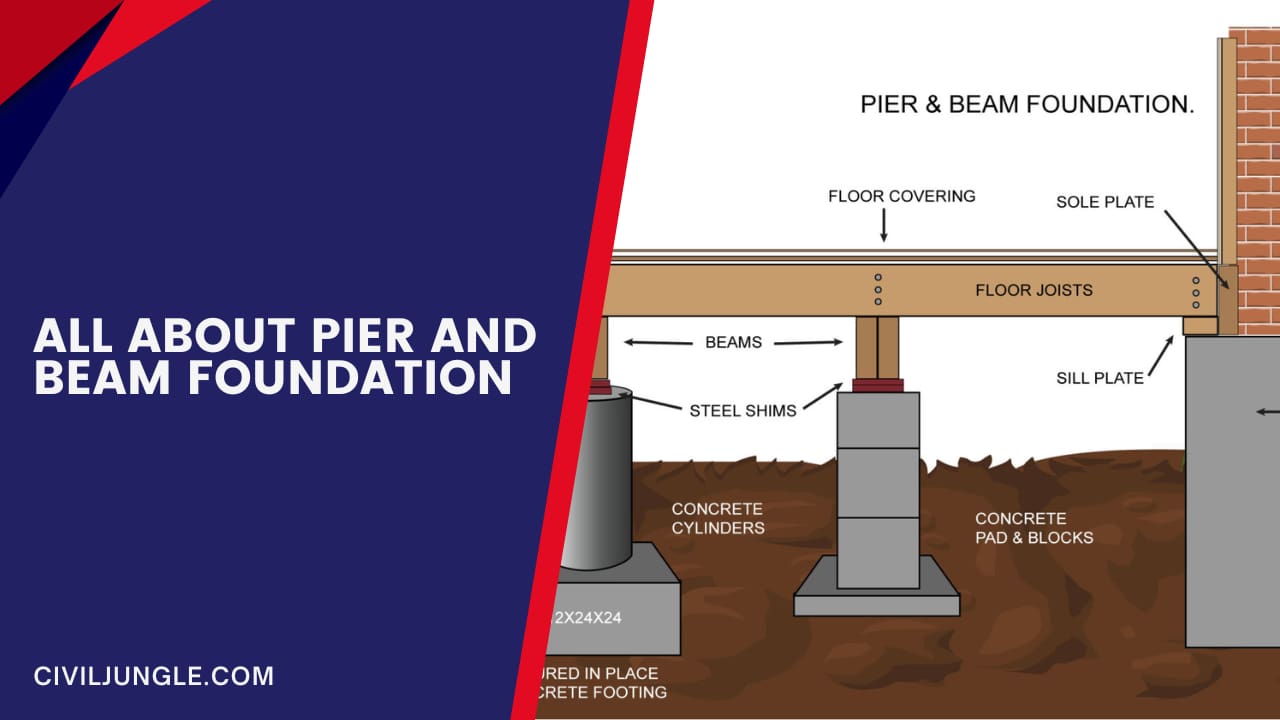
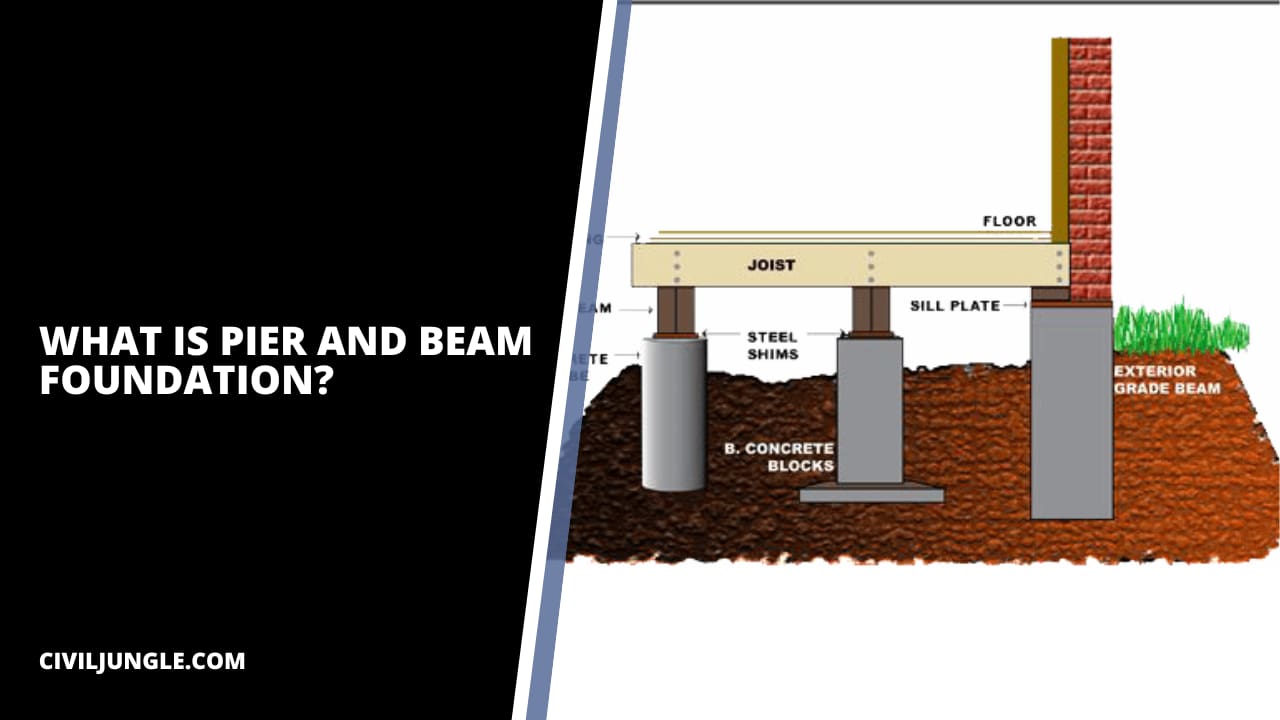
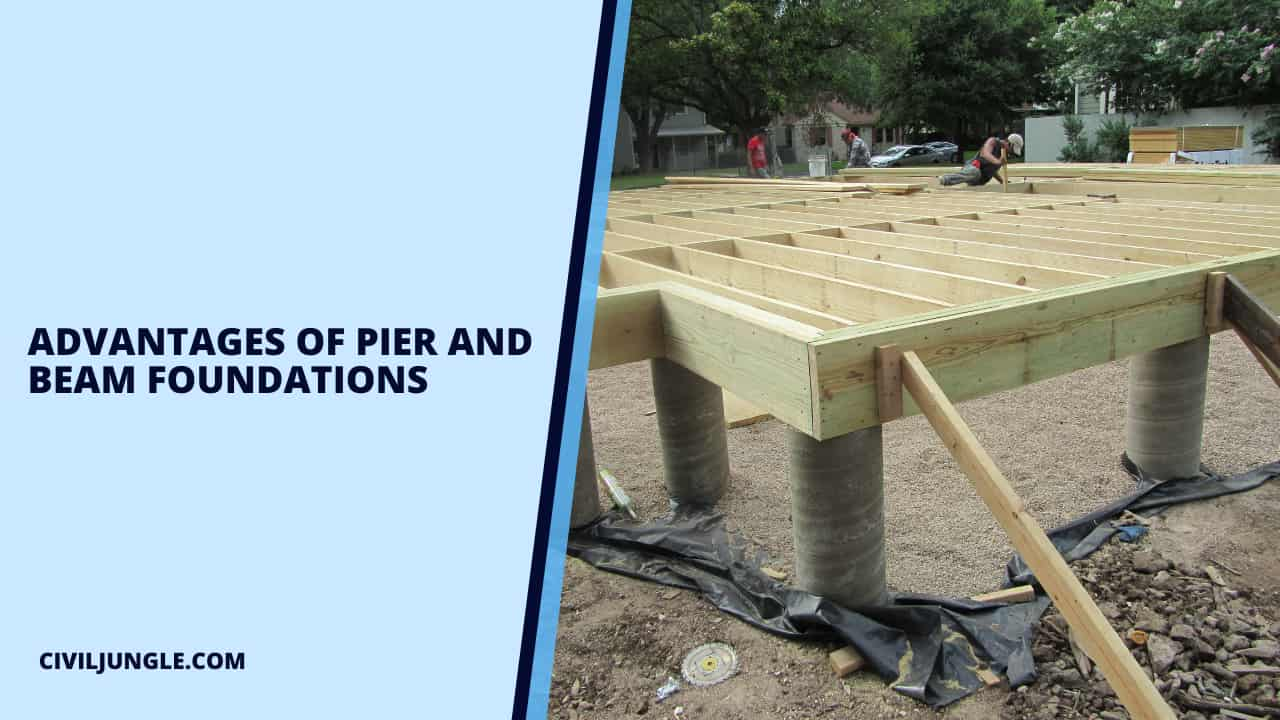
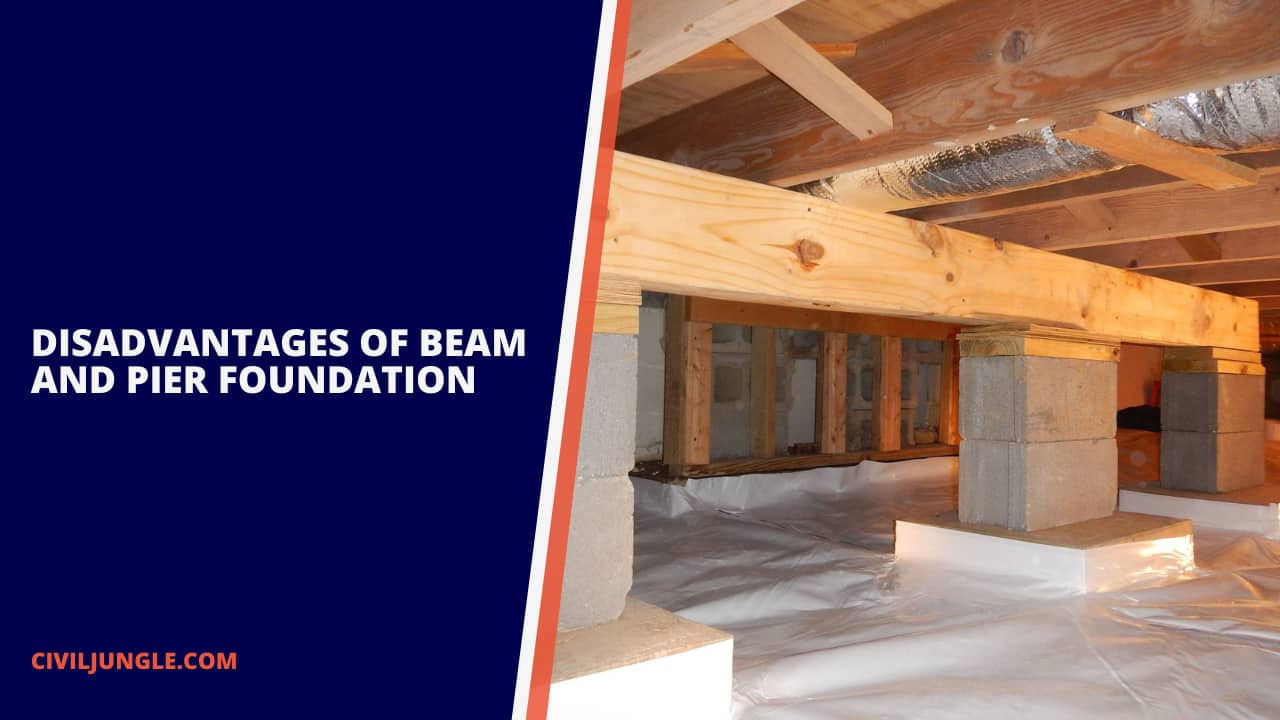
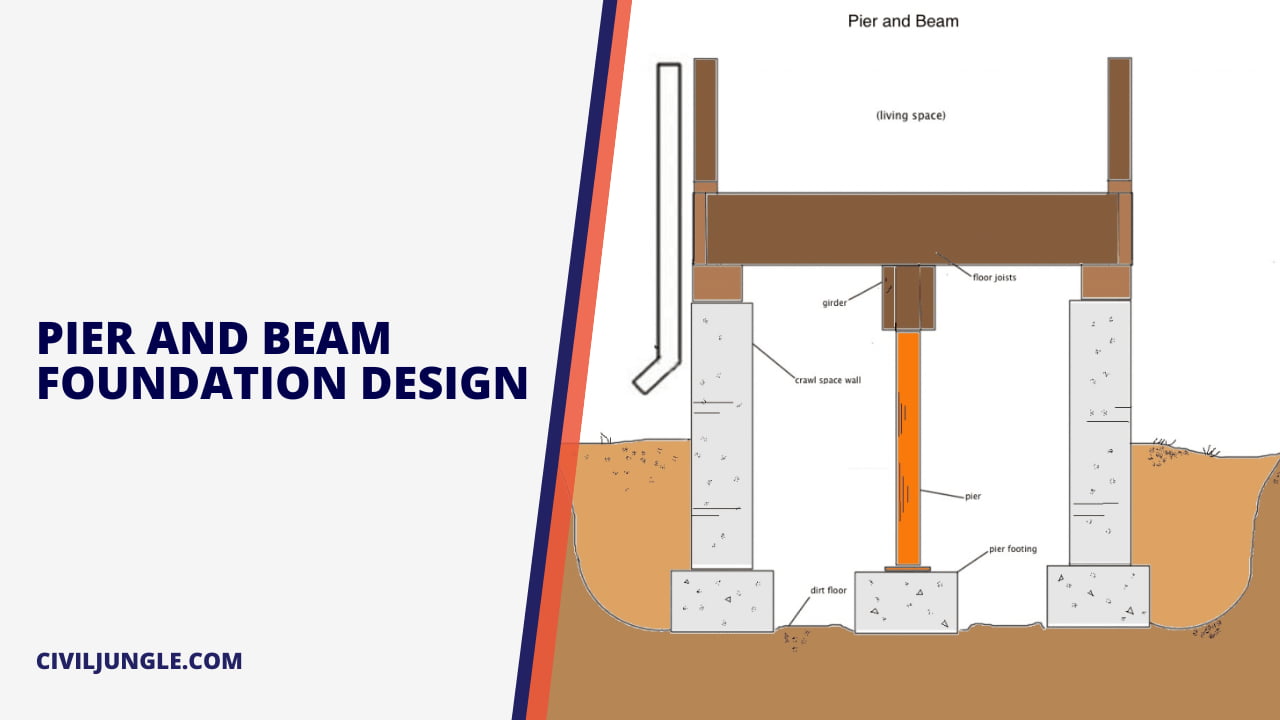
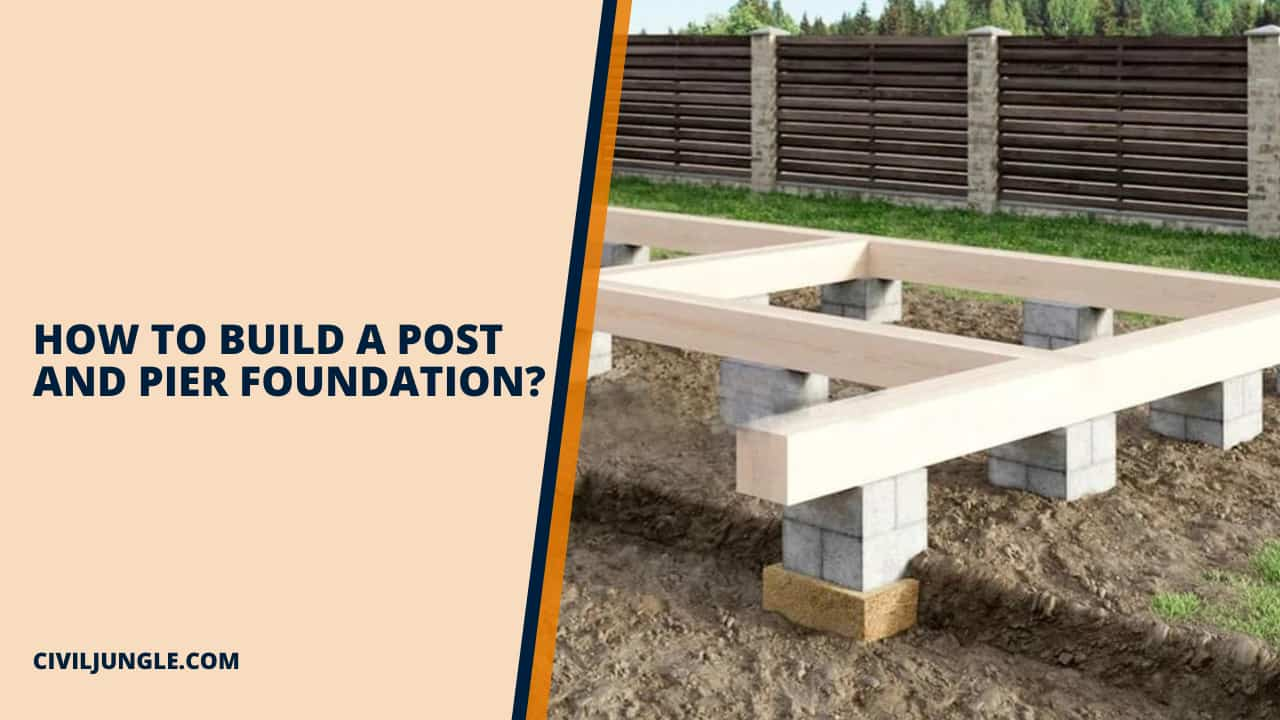
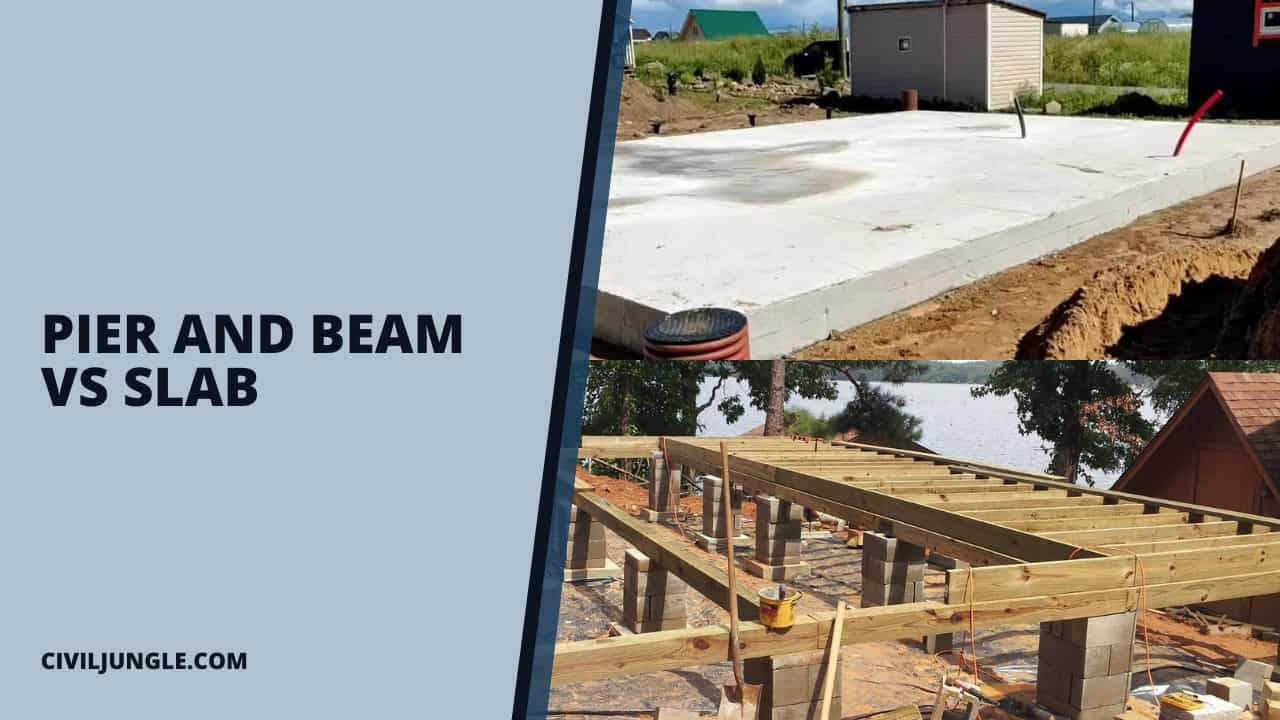
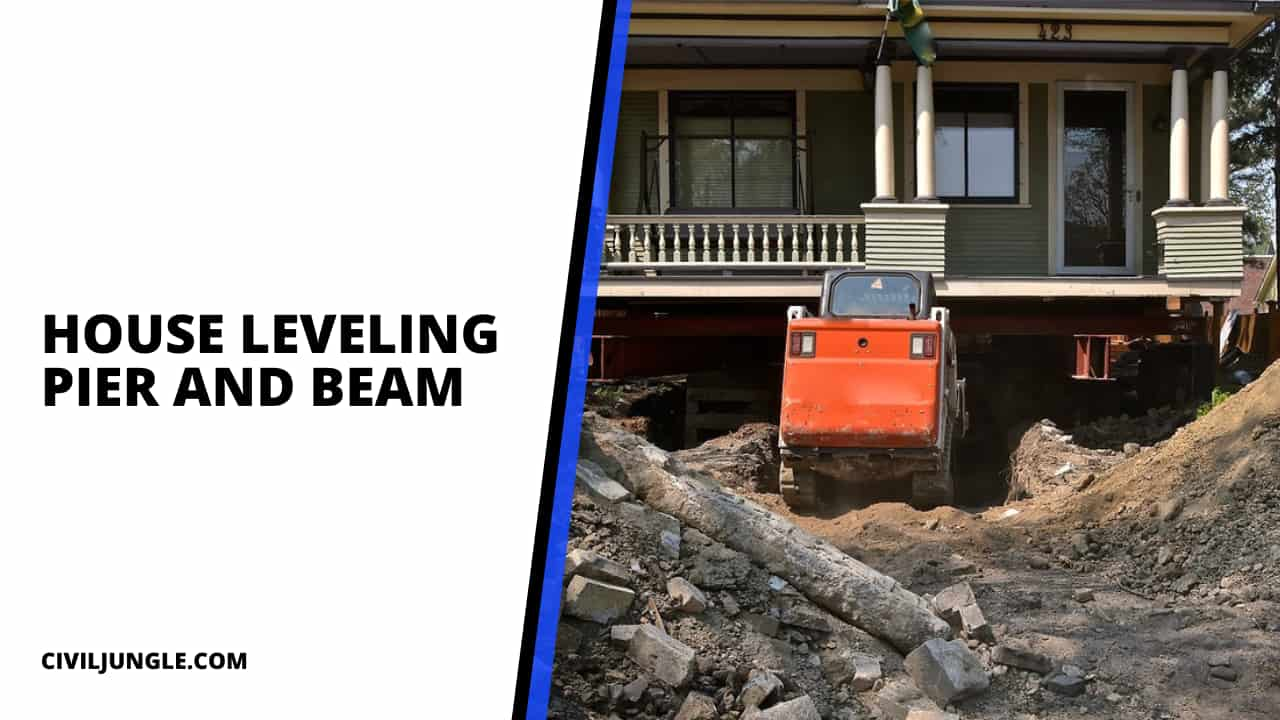
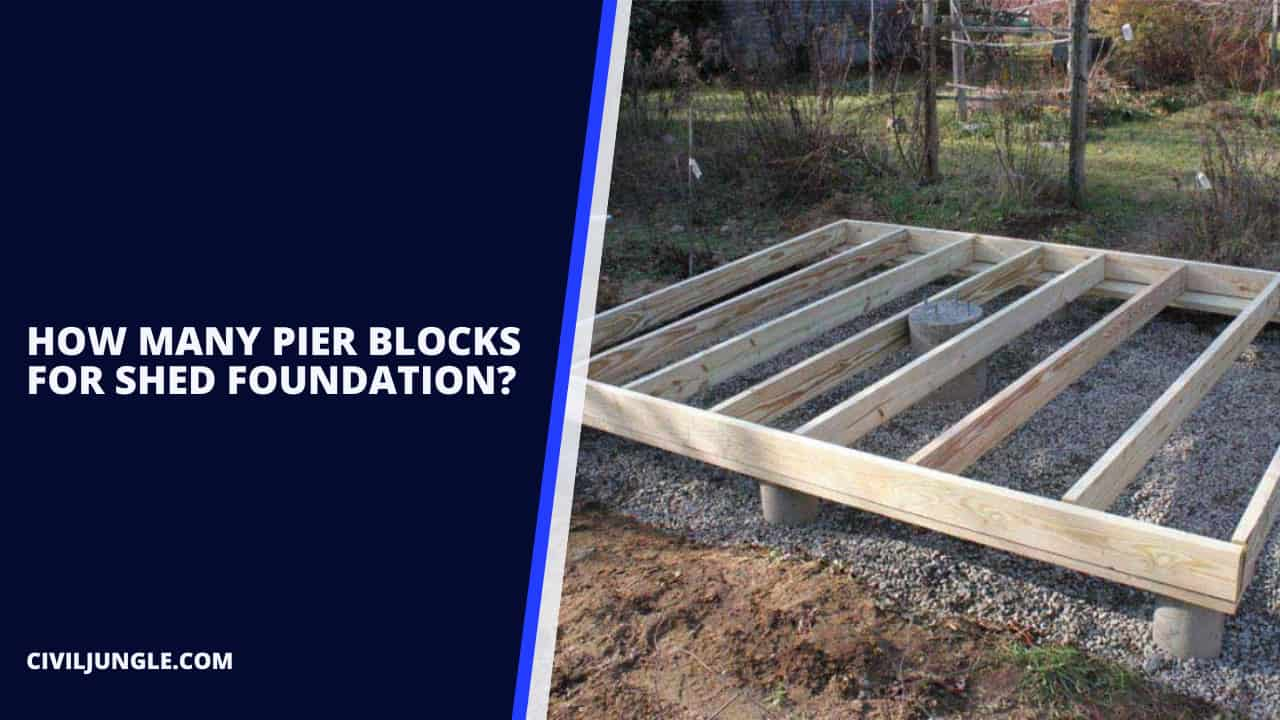

Leave a Reply